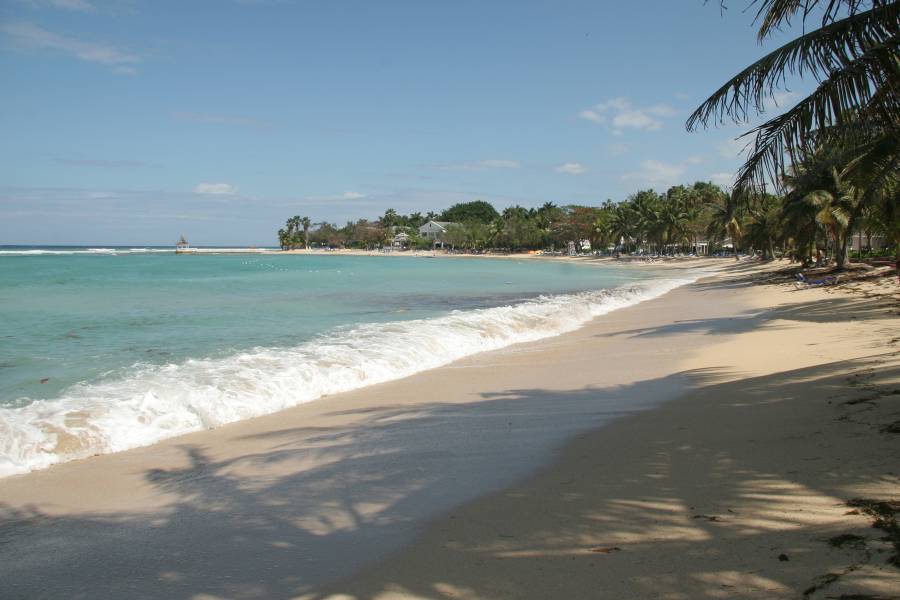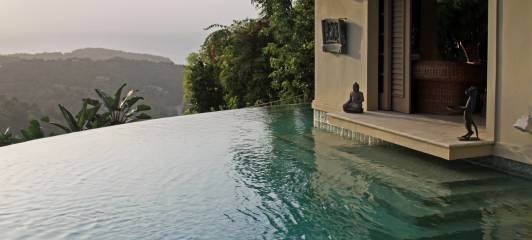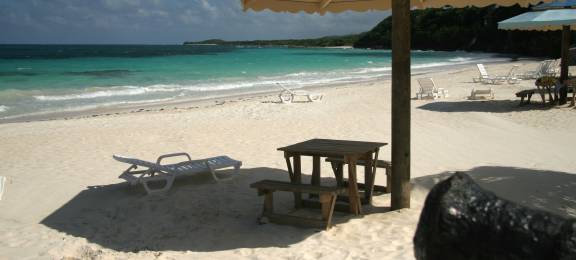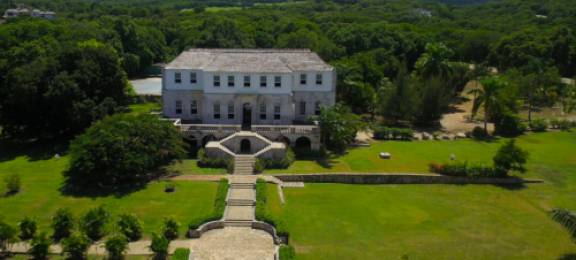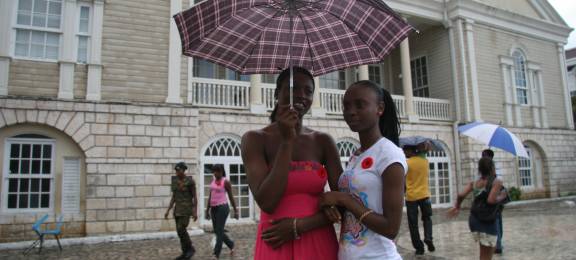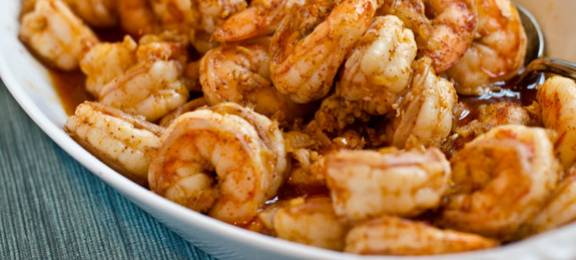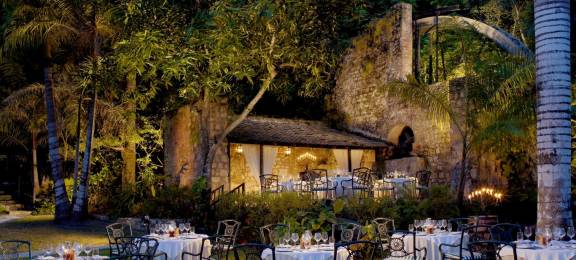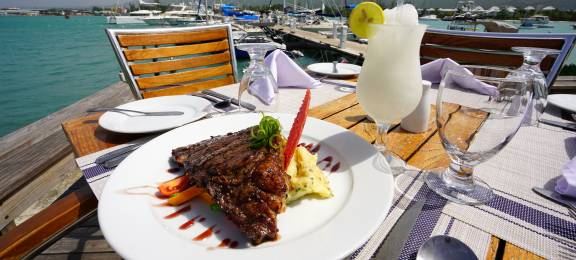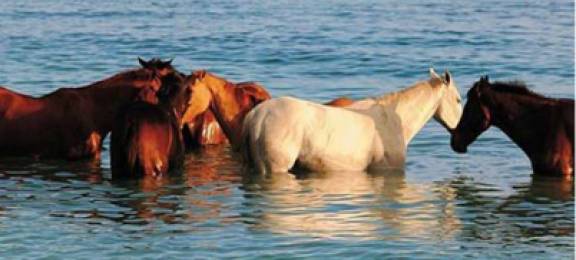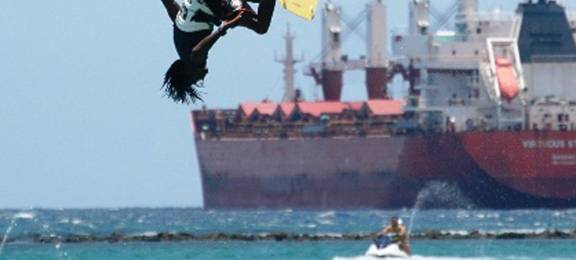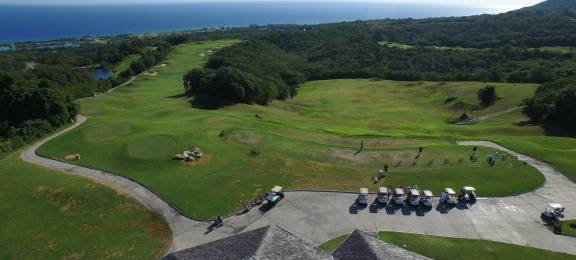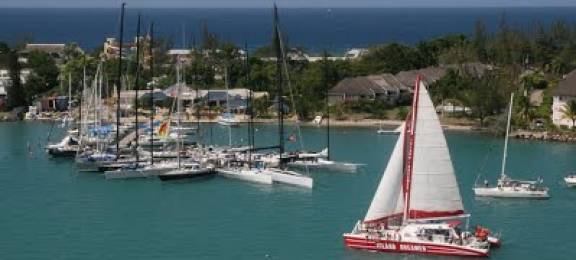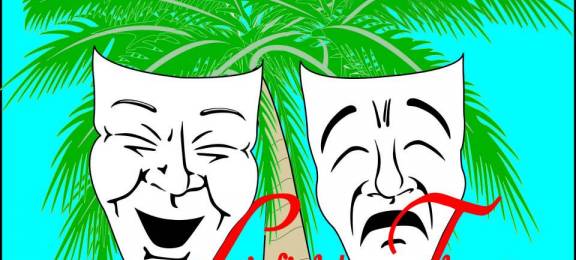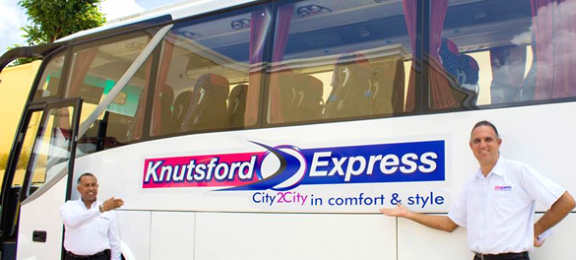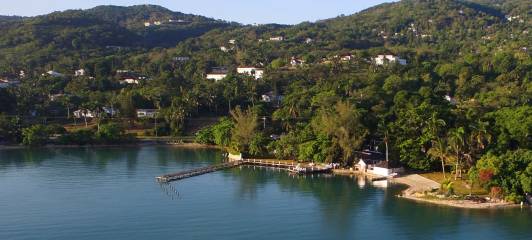
Call or email for assistance planning your trip: +1 (212) 203-0064 | reservations@moonjamaica.com
Montego Bay and the Northwest
Given the proximity of Negril, Jamaica's most developed beach town, as well as the mountains of the Dolphin Head range in Hanover, the interior and South Coast of neighboring Westmoreland, and Cockpit Country in St. James and Trelawny, there are plenty of opportunities for recreation and relaxation from a base in Montego Bay without being on the road for more than a couple hours. Closer to town there are several estate great house tours and plantation tours that make excellent half-day outings. Should you wish to hit the beach, there are plenty of options right in town, while Trelawny also has its share of good beaches.
Mobay makes a convenient base thanks to Sangster International Airport on the eastern side of town. As a point of entry, Mobay is probably the best option, and a night or two in the city, especially if you arrive on the weekend, can be a good way to catch the Jamaican vibe before heading off to a more tranquil corner of the island. But Mobay shouldn't be the only area you visit on a trip to Jamaica. Ideally the area deserves around five days, splitting your time between the beach or another natural attraction, and a visit to a historical site, with some fine dining around the city.
Historical places of interest include Sam Sharpe Square in downtown Mobay, Bellefield, Rose Hall and Greenwood great houses--at least one of which should be seen on a trip to Jamaica--and the Georgian town of Falmouth. All of these make good half-day visits, while Falmouth can easily consume the better part of an unhurried day. Natural attractions in the region include the Martha Brae River, Cockpit Country caves, Mayfield Falls, the Great River, and a handful of working plantations that offer tours. Organized tour operators on the western side of Jamaica usually include transportation to and from Montego Bay or Negril hotels. A few decent beaches along the Hip Strip, on Dead End Road, and at the resorts farther east along the coast make Mobay a good place to hang out and catch some sun, but the city is by no means the place to go for secluded stretches of sand or unspoiled wilderness.
A few times a year, Mobay comes alive for music festivals that are, for many people, reason enough to travel to Jamaica. These include the island's premier music festival, Reggae Sumfest, held in July, and Jazz and Blues Festival (www.jamaicajazzandblues.com), held each January.
Montego Bay is Jamaica's second-largest city and its tourism capital. More flights arrive to Montego Bay's Sangster International airport than to Kingston, laden with visitors from all over the world. The fact that all-inclusive resorts have come to dominate the hotel room inventory in the city hasn't proven healthy for businesses that rely on tourism in the city center and along the Hip Stip, since most visitors want to make the most of their pre-paid food and beverages on property and allocate precious little to spend beyond the compound walls. Only a few stalwarts remain year-in and year-out, with a host of doomed enterprises shutting their doors within a year or two of opening. One obvious result of the unstable economy is high unemployment, a major factor in Montego Bay having gained notoriety as Jamaica's scamming capital.
While violent crime is an unfortunate persistent reality, it is typically contained in the city's peripheral lower income residential neighborhoods and rarely affects the tourism trade. Nonetheless, security is a serious concern for visitors and residents alike. The city has many residential areas where it's not advisable to venture unless you know where you're going. As a rule of thumb, keep to well-heeled parts of town and be wary of overly friendly invitations and solicitations. If you've rented a vehicle, keep your car doors locked while you're driving and don't let strangers inside the car Stories abound of seemingly friendly residents offering to assist tourists with directions before entering vehicles without an invitation to "show the oblivious traverlers the way", only to push overpriced ganja or otherwise lead the new arrivals off course in an effort to extract money. The downtown area around Sam Sharpe Square and the Civic Centre are perfectly safe, as is the Hip Strip. Nonetheless, expect to be offered every product or service imaginable; you're best off not taking the bait. Women should avoid walking alone along poorly lit, desolate stretches, especially at night.
All drugs, with the exception of nicotine and alcohol, are illegal in Jamaica. This includes marijuana, or "ganja" as it's popularly known in the island. While the herb is ubiquitous and inexpensive, selling for as little as US$40 an ounce compared to US$200 per ounce in the US, it's an easy in for hustlers to rip off tourists and for police to exact bribes. If you do partake, don't do it in public. At any major music festival, like Reggae Sumfest, ganja is smoked openly in full view of the police; while the authorities can be tolerant in such a setting, in general it's not advisable to try your luck.
Prostitution is similarly illegal yet widespread in Jamaica, reportedly representing US$58m in annual revenue putting the country at number 25 in world rankings. Most go-go clubs across the island have private rooms where every type of service is offered for an addiitonal fee, and many have adjacent motels renting rooms by the hour. The risk of contracting sexually transmitted diseases should be considered before partaking in such activities. Regardless of the questionable morals inherent in the sale of flesh, whether for visual or further indulgence, go-go clubs are one of Jamaica's few recession-proof businesses. They also tend to blast some of the most current, and explicit, dancehall tracks.
Select any filter and click on Apply to see results

